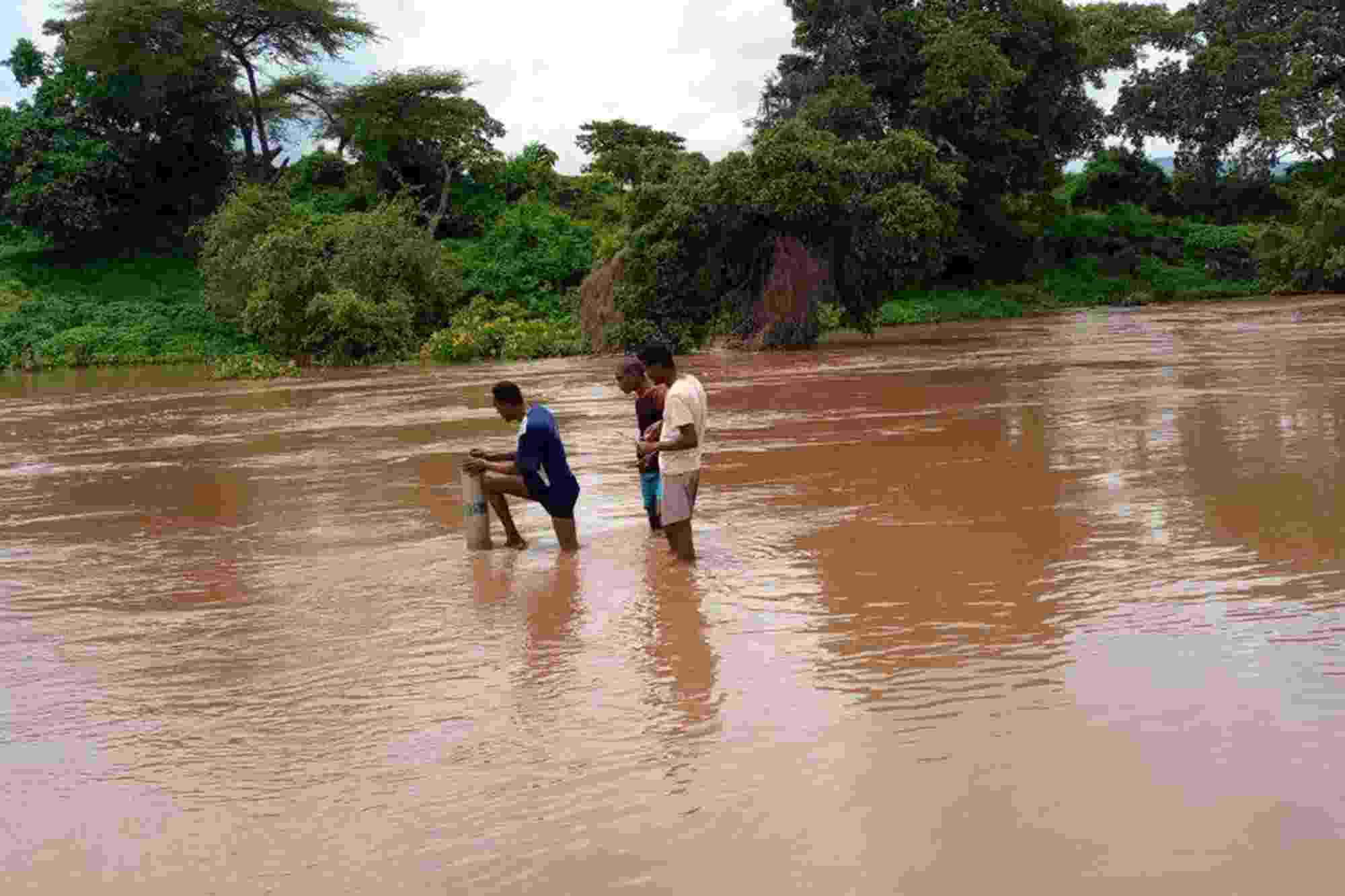Filling data gaps using citizen science for flood modelling in urbanized catchment of Akaki
16 November 2023


Hub citizen scientists carry out water monitoring in Ethiopia
Authors: Abel Negussie Alemu, Alemseged Tamiru Haile, Andrew B. Carr, Mark A. Trigg, Getahun Kebede Mengistie, Claire L. Walsh
Identifying and understanding the value of citizen science to improve flood modeling is of importance to flood risk management. However, there are few studies that explore the value of citizen science data, with most studies focusing on evaluating the accuracy of the data. This research articulates the added value of citizen science data in flood modeling studies. During flood events, citizen scientists measured river water levels at selected sites along a main reach of the Big Akaki River in Addis Ababa, Ethiopia. They also provided information to estimate water discharge of the ungauged tributaries. The data acquired was used to force a one-dimensional (1D) HECRAS flood model, and to evaluate the model's sensitivity to inputs and parameters. Varying the downstream boundary condition caused a significant difference in the simulated water level (up to 3.5 km upstream of the downstream boundary site). Correcting the Digital Elevation Model and consideration of river tributary flows in the model simulation resulted in an underestimation of the observed stage by 0.08 m. The sensitivity analysis also showed that results were more sensitive to the Manning roughness values of the channel than that of the floodplain. Finally, this study identifies future flood modeling data collection priorities (e.g. flow data for the tributary). The flood modeling of the study area would not have been realized without the citizen science data.



